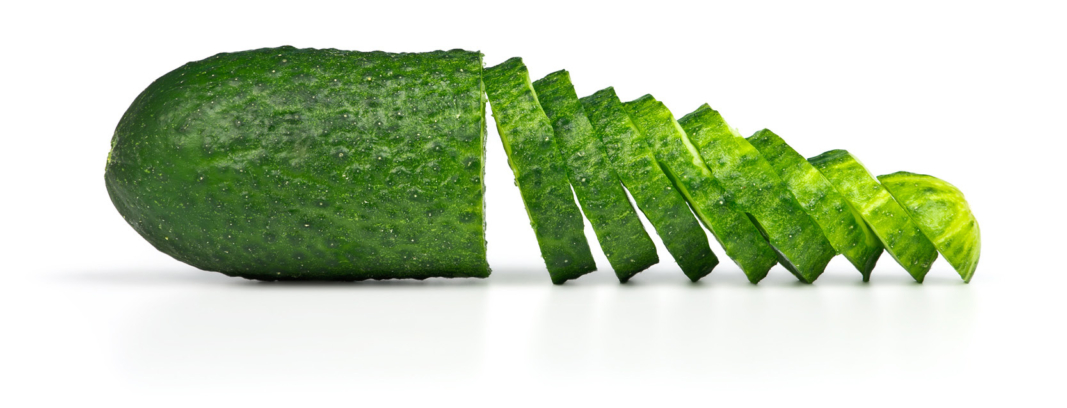That’s Corny

St. Paddy’s Day is a fun day!! :))))
Eh laddies – Stephen O’Brien Kirkpatrick Schemas Finnigan O’Kowalski here – just getting you ready for one of my favorite days of the year – St Patrick’s Day. For me, it’s hard to think of St. Patrick’s Day without glittered shamrocks, parades, green beer, leprechauns, and of course, corned beef and cabbage. Surprisingly, if you went to Ireland on St. Paddy’s Day, you would not find any of these things except maybe the glittered shamrocks. Leprechauns are not jolly, friendly cereal box characters, but mischievous nasty little fellows. And, just as much as the Irish would not pollute their beer with green dye, they would not eat corned beef, especially on St. Patrick’s Day. So, here’s some trivia you can share around the dinner table as you eat like a king and raise a pint or two in good cheer. Enjoy, and thanks to Smithsonian Magazine for the info.
Fun music while you read: CLICK
- The unpopularity of corned beef in Ireland comes from its relationship with beef in general. From early on, cattle in Ireland were not used for their meat but for their strength in the fields, for their milk and for the dairy products produced.
- In Gaelic Ireland, cows were a symbol of wealth and a sacred animal. Because of their sacred association, they were only killed for their meat if the cows were too old to work or produce milk. So, beef was not even a part of the diet for most of the population. Only the wealthy few were able to eat the meat on a celebration or festival.
- During the early times, beef was “salted” to be preserved. The first salted beef in Ireland was actually not made with salt but with sea ash, the product of burning seaweed. Pigs were the most prevalent animal bred only to be eaten; from ancient times to today, it earned the reputation as the most eaten meat in Ireland.
- The Irish diet and way of life stayed pretty much the same for centuries until England conquered most of the country. The British were the ones who changed the sacred cow into a commodity, fueled beef production, and introduced the potato. The British had been a beef eating culture since the invasion of the Roman armies. England had to outsource to Ireland, Scotland and eventually North America to satisfy the growing palate of their people.
- Herds of cattle were exported by the tens of thousands each year from Ireland to England. But, the Cattle Acts of 1663 and 1667 were what fueled the Irish corned beef industry. These acts prohibited the export of live cattle to England, which drastically flooded the Irish market and lowered the cost of meat available for salted beef production. The British invented the term “corned beef” in the 17th century to describe the size of the salt crystals used to cure the meat, the size of corn kernels. After the Cattle Acts, salt was the main reason Ireland became the hub for corned beef.
- Ireland’s salt tax was almost 1/10 that of England’s and could import the highest quality at an inexpensive price. With the large quantities of cattle and high quality of salt, Irish corned beef was the best on the market. It didn’t take long for Ireland to be supplying Europe and the Americas with its wares. But this corned beef was much different than what we call corned beef today. With the meat being cured with salt the size of corn kernels, the taste was much more salt than beef.
- Ironically, the ones producing the corned beef, the Irish people, could not afford beef or corned beef for themselves. When England conquered Ireland, oppressive laws against the native Irish Catholic population began. Their land was confiscated and feudal like plantations were set up. If the Irish could afford any meat at all, salted pork or bacon was consumed. What the Irish really relied on was – you guessed right – the potato.
- By the end of the 18th century, the demand for Irish corned beef began to decline as the North American colonies began producing their own. Over the next 50 years, the glory days of Irish corned beef were over. By 1845, a potato blight broke out in Ireland completely destroying the food source for most of the Irish population, and The Great Famine began. Without help from the British government, the Irish people were forced to work to death, starve or immigrate. About a million people died and another million immigrated on “coffin ships” to the US. To this day, the Irish population is still less than it was before The Great Famine.
- In America, the Irish were once again faced with the challenges of prejudice. To make it easier, they settled together in mainly urban areas with the largest numbers in New York City. However, they were making more money than they had in Ireland under British rule. Which brings us back to corned beef. With more money for food, the Irish could afford meat for the first time. Instead of their beloved bacon, the Irish began eating beef. And, the beef they could afford just happened to be – corned beef, the thing their great grandparents were famous for.
- The Irish Americans transformed St. Patrick’s Day from a religious feast day to a celebration of their heritage and homeland. With the celebration, came a celebratory meal. In honor of their culture, the immigrants splurged on their neighbor’s flavorful corned beef, which was accompanied by their beloved potato and the most affordable vegetable, cabbage. It didn’t take long for corned beef and cabbage to become associated with St. Patrick’s Day
- The popularity of corned beef and cabbage never crossed the Atlantic to the homeland. Instead of corned beef and cabbage, the traditional St. Patrick’s Day meal eaten in Ireland is lamb or bacon. In fact, many of what we consider St. Patrick’s Day celebrations didn’t make it there until recently. St. Patrick’s Day parades and festivals began in the US. And, until 1970, pubs were closed by law in Ireland on St. Patrick’s Day. It was originally a day about religion and family. Today in Ireland, thanks to Irish tourism and Guinness, you will find many of the Irish American traditions.
- Lastly, if you are looking for a connection to the home country this holiday, there are many other ways to be authentic. For starters, know that the holiday is either St. Patrick’s Day or St. Paddy’s Day and not “St. Patty’s Day”. (Paddy is the proper nickname for Patrick, while Patty is a girl’s name in Ireland.)
Recipe HERE

::::::::::::::::::::::::::::::::::::::::::::::::::::::::::::::::::::::::::::::::::::::::::
DO YOU LIKE CONTESTS?
Me, too.
As you may know the Kowalski Heat Treating logo finds its way
into the visuals of my Friday posts.
I. Love. My. Logo.
One week there could be three logos.
The next week there could be 15 logos.
And sometimes the logo is very small or just a partial logo showing.
But there are always logos in some of the pictures.
So, I challenge you, my beloved readers, to count them and send me a
quick email with the total number of logos in the Friday post.
On the following Tuesday I’ll pick a winner from the correct answers
and send that lucky person some great KHT swag.
So, start counting and good luck!
Oh, and the logos at the very top header don’t count.
Got it? Good. :-))))
Have fun!!
::::::::::::::::::::::::::::::::::::::::::::::::::::::::::::::::::::::::::::::::::::::::::


 Out of a can or home-made, soups really are mmm-mmm-good!! :))))
Out of a can or home-made, soups really are mmm-mmm-good!! :))))
 The pictures follow the text below. Enjoy!!!! :)))))
The pictures follow the text below. Enjoy!!!! :)))))







